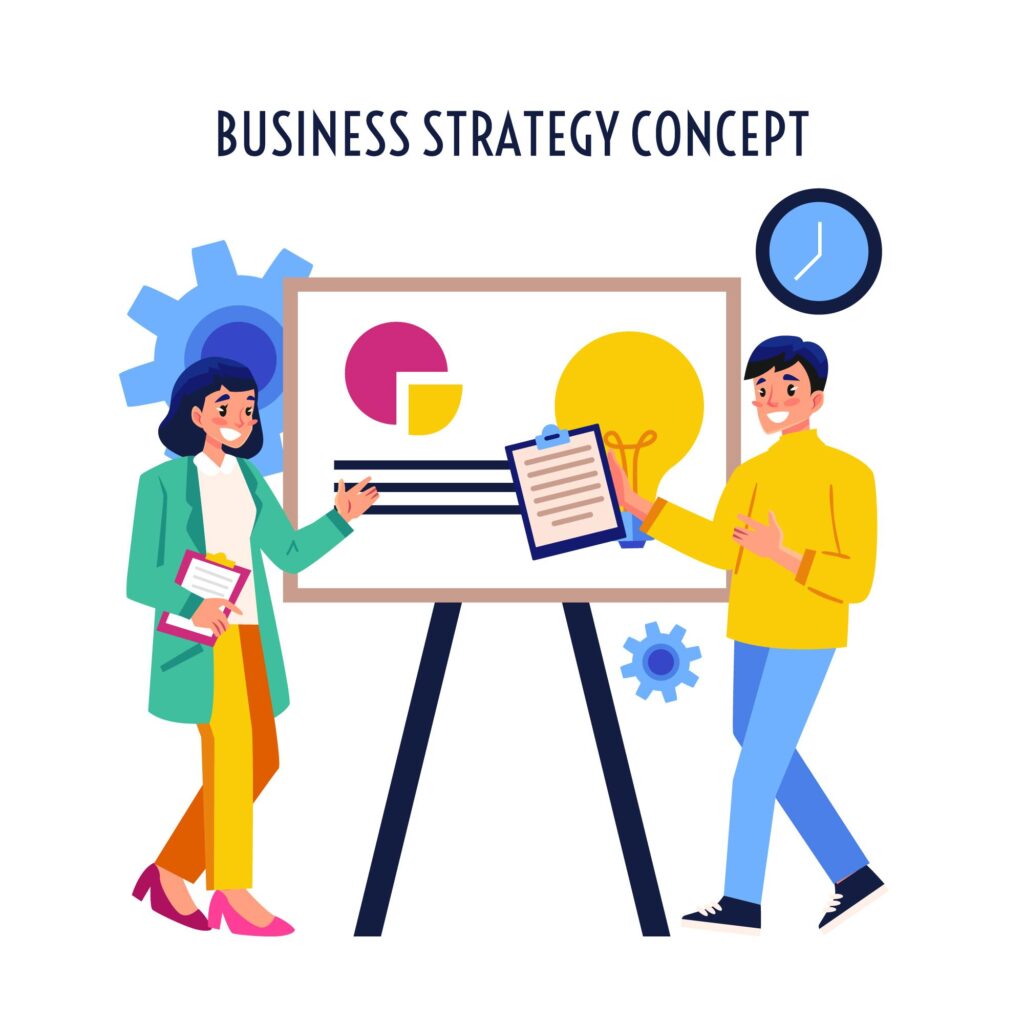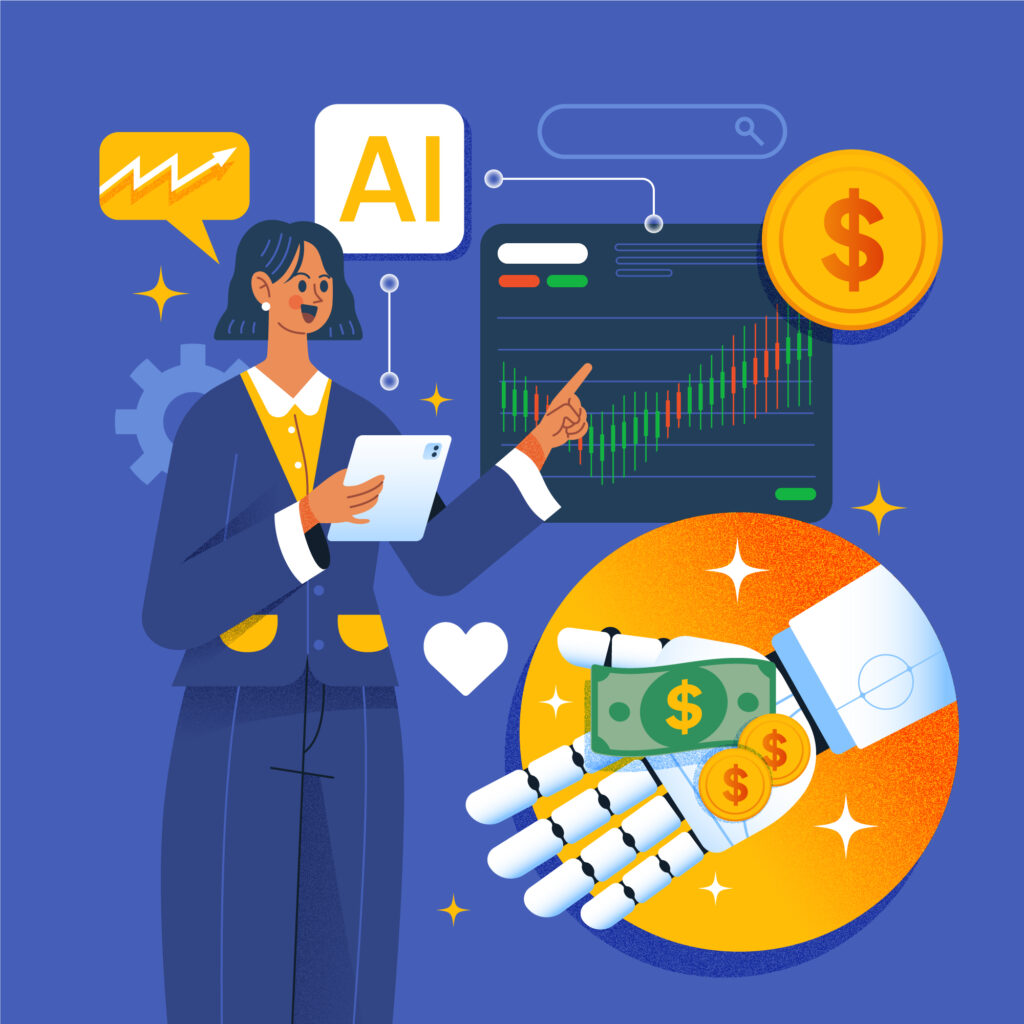In today’s data-driven world, businesses rely heavily on data visualization tools to make sense of vast amounts of information and gain actionable insights. These tools not only help in presenting complex data in a comprehensible manner but also aid in decision-making processes, strategy formulation, and performance tracking. With a plethora of options available in the market, choosing the right data visualization tool can be overwhelming. To simplify your search, we’ve compiled a list of the top 10 data visualization tools for business professionals.
What is Data Visualization?
Data visualization is the graphical representation of data and information using visual elements such as charts, graphs, maps, and dashboards. It transforms complex datasets into visual formats that are easy to understand, interpret, and analyze. By presenting data visually, businesses can uncover patterns, trends, and insights that may not be apparent in raw data.
Importance of Data Visualization in Business
Data visualization plays a crucial role in helping businesses make informed decisions, drive strategy, and gain competitive advantages. Here are some key reasons why data visualization is essential in the business context:
- Enhanced Understanding: Visual representations of data make it easier for stakeholders to grasp complex concepts and relationships. Whether it’s sales trends, market analysis, or customer demographics, visualizations provide clarity and context to data-driven insights.
- Improved Decision Making: By presenting data visually, businesses can identify patterns, outliers, and correlations more effectively. This enables decision-makers to make timely and evidence-based decisions, leading to better outcomes and resource allocation.
- Communication and Collaboration: Data visualizations serve as a universal language that facilitates communication and collaboration across teams and departments. Visual representations enable stakeholders to share insights, align objectives, and drive consensus, fostering a data-driven culture within the organization.
- Identification of Opportunities and Risks: Visualizing data allows businesses to spot emerging opportunities and potential risks before they escalate. Whether it’s identifying market trends, optimizing operations, or mitigating risks, visualizations enable proactive decision-making and strategic planning.
- Engagement and Persuasion: Visualizations have a persuasive impact on audiences compared to raw data or text-based reports. They captivate attention, evoke emotions, and stimulate engagement, making it easier to convey key messages, influence stakeholders, and drive action.
Types of Data Visualizations
Data visualization can take various forms depending on the type of data and the insights being communicated. Some common types of data visualizations include:
- Charts and Graphs: Line charts, bar charts, pie charts, scatter plots, and histograms are widely used to represent numerical data and relationships.
- Maps: Geographic data can be visualized using maps to display spatial patterns, distribution, and trends.
- Dashboards: Dashboards consolidate multiple visualizations into a single interface, providing an overview of key metrics and performance indicators.
- Infographics: Infographics combine visual elements, text, and icons to communicate complex information in a concise and engaging manner.
- Heatmaps: Heatmaps visualize data density and patterns using color gradients, making it easier to identify hotspots and areas of interest.
1. Tableau
Tableau is a powerful and versatile data visualization tool used by businesses of all sizes across various industries. It offers a user-friendly interface, drag-and-drop functionality, and a wide range of visualization options, including charts, graphs, maps, and dashboards. Tableau’s robust features allow users to explore data dynamically, create interactive visualizations, and share insights effortlessly.
2. Microsoft Power BI
Microsoft Power BI is another popular choice among business professionals for data visualization. Integrated seamlessly with other Microsoft products, Power BI offers advanced analytics capabilities, real-time data visualization, and interactive dashboards. Its intuitive interface and extensive library of visualization options make it easy for users to derive insights from complex datasets and collaborate effectively within teams.
3. QlikView
QlikView is renowned for its associative data model, which enables users to explore data relationships dynamically and uncover hidden insights. With its interactive dashboards, powerful analytics engine, and customizable visualizations, QlikView empowers business professionals to make data-driven decisions quickly and efficiently. It also offers robust security features and scalability to meet the needs of large enterprises.
4. Google Data Studio
Google Data Studio is a free data visualization tool offered by Google, making it accessible to businesses of all sizes. With its seamless integration with other Google products, such as Google Analytics and Google Sheets, Data Studio allows users to create dynamic and interactive reports effortlessly. Its drag-and-drop interface, customizable templates, and collaboration features make it an ideal choice for small businesses and marketing professionals.
5. Domo
Domo is a cloud-based platform that offers a comprehensive suite of business intelligence and data visualization tools. With its intuitive interface and powerful analytics capabilities, Domo enables users to visualize data in real-time, create personalized dashboards, and share insights across the organization. Its mobile app ensures that users can access critical information anytime, anywhere, making it a valuable tool for business professionals on the go.
6. Plotly
Plotly is a versatile data visualization library that supports multiple programming languages, including Python, R, and JavaScript. It offers a wide range of chart types, interactive features, and customization options, making it suitable for data scientists, analysts, and developers alike. Plotly’s open-source nature and active community support ensure that users have access to the latest features and updates.
7. Sisense
Sisense is a business intelligence platform that combines data visualization, analytics, and reporting capabilities in a single solution. Its patented In-Chip™ technology allows users to analyze large datasets quickly and generate insights in real-time. Sisense’s drag-and-drop interface, AI-powered analytics, and white-labeling options make it a preferred choice for businesses looking for a comprehensive data visualization solution.
8. Chartio
Chartio is a cloud-based data visualization tool designed for non-technical users. Its intuitive interface, drag-and-drop functionality, and pre-built connectors to popular data sources make it easy for business professionals to create visualizations and dashboards without writing any code. Chartio’s collaboration features, scheduling options, and data governance capabilities enhance productivity and decision-making within organizations.
9. Looker
Looker is a data platform that offers powerful data modeling and exploration capabilities alongside its data visualization tools. Its unique modeling language, LookML, simplifies the process of defining data relationships and creating reusable metrics. Looker’s interactive dashboards, embedded analytics, and advanced filtering options enable business professionals to gain deeper insights into their data and drive informed decision-making.
10. Highcharts
Highcharts is a JavaScript charting library known for its extensive range of chart types, responsiveness, and customization options. It is widely used by developers and designers to create interactive and visually appealing data visualizations for web applications and mobile devices. Highcharts’ flexible licensing options, extensive documentation, and active community support make it a popular choice for businesses looking to incorporate data visualizations into their products and services.
Conclusion
In conclusion, the top 10 data visualization tools mentioned above cater to the diverse needs of business professionals across industries. Whether you’re a data scientist, analyst, marketer, or executive, these tools can help you unlock the full potential of your data, derive meaningful insights, and drive business growth. By leveraging the power of data visualization, businesses can make smarter decisions, identify opportunities, and stay ahead in today’s competitive landscape. Choose the tool that best aligns with your requirements and embark on your journey towards data-driven success.



